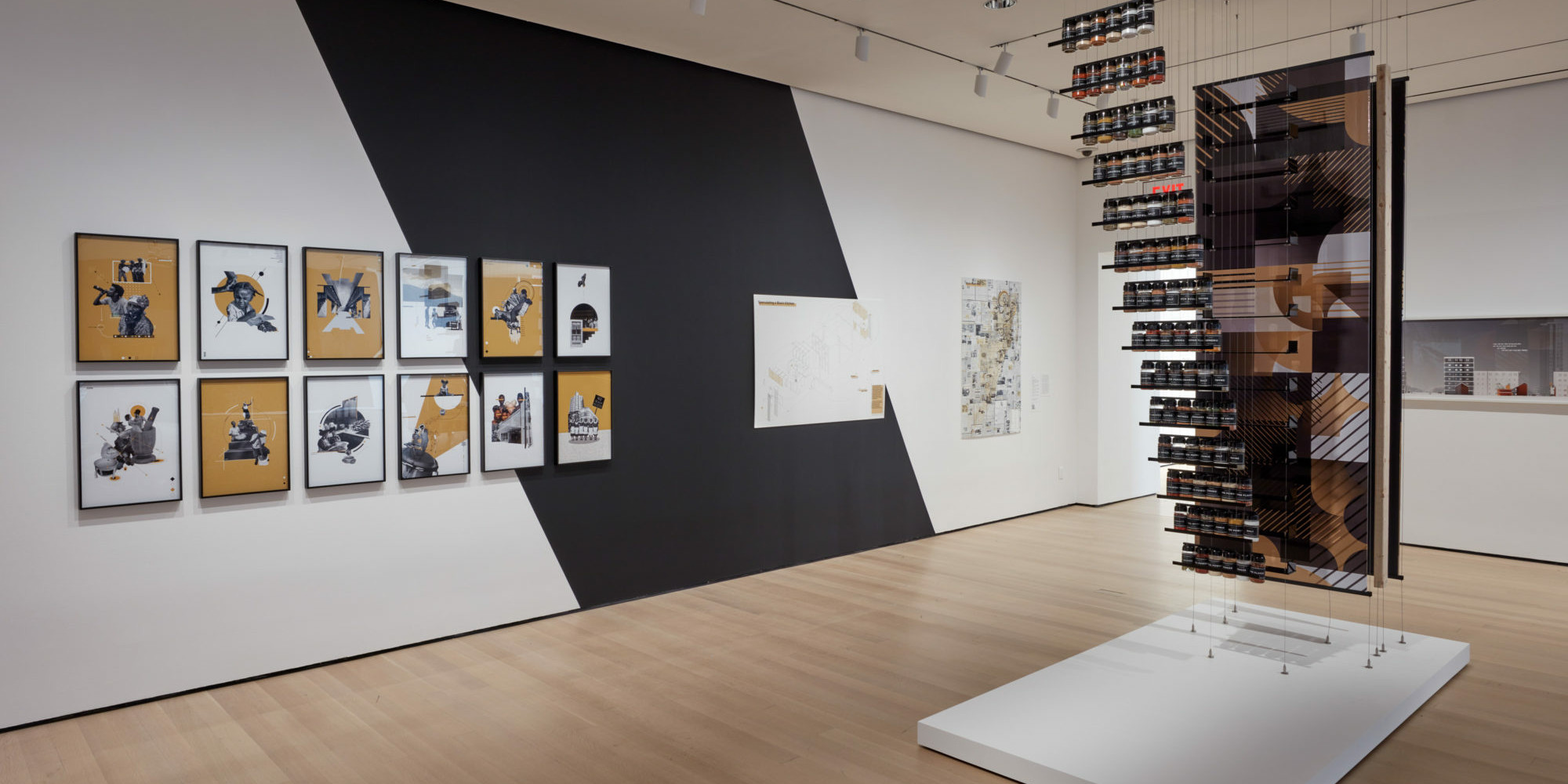
How Can Imagination Empower People?
Architects Germane Barnes and Walter J. Hood share projects that envision possible futures and collective spaces.
Arlette Hernandez
Mar 11, 2021
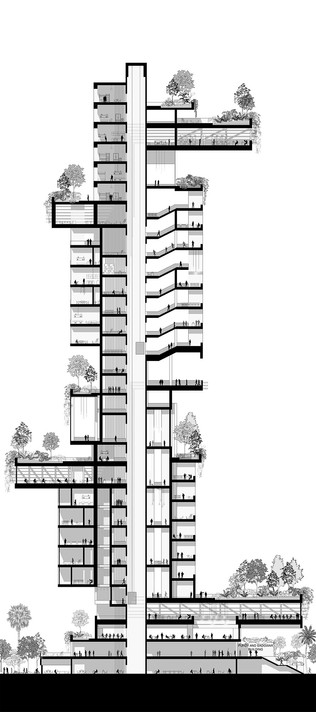
Walter Hood. Section Drawing – Folding Chair. 2020
Fiction, as Walter J. Hood argues, is more than a display of one’s imagination—it is a path to building a better future. Discussing his project for Reconstructions: Architecture and Blackness in America, Hood’s essay in the exhibition field guide, quotes a speech that W. E. B. Du Bois gave at an NAACP conference in 1926. A sociologist, author, and impassioned advocate for the liberation of all Black peoples, Du Bois proclaimed, “I stand in utter shamelessness and say that whatever art I have for writing has been used always for propaganda for gaining the right of black folk to love and enjoy.”
But Du Bois’s proclamation extends beyond his own work. For Black people throughout history, imagination has been a method of self-preservation, and a tool for fashioning the lives others declared impossible. As architect Germane Barnes suggests, imagination is an act of courage: “I think imagination is a bold word. It’s a word that constitutes bravery, and I know that seems like a bit of an overreach, or a bit of an overreaction, but I mean it. Because it takes a lot for a person to imagine things.”
MoMA’s newest online course, Reimagining Blackness and Architecture, begins with an exploration of imagination in Hood’s and Barnes’s projects, as well as the works of artists like Carrie Mae Weems and Garrett Bradley. Each of these works have something different to teach us about the ways Black makers reimagine the status quo, make space for their stories in the archives, and breathe life into new ideas.
Black Towers/Black Power | Walter J. Hood | Ep. 1 | REIMAGINING BLACKNESS & ARCHITECTURE
To create his project Black Towers / Black Power, Walter J. Hood looks back at history in order to reimagine a one-mile stretch of San Pablo Avenue in Oakland, California. The street has one of the highest concentrations of nonprofit organizations, poverty reduction zones, social services, and low-income housing in the San Francisco Bay area. But the irony, Hood suggests, is that these organizations do little to improve the community. Instead, they impede everyone from “imagin[ing] what a healthy, vibrant, and safe neighborhood might look like for Black and brown people.”
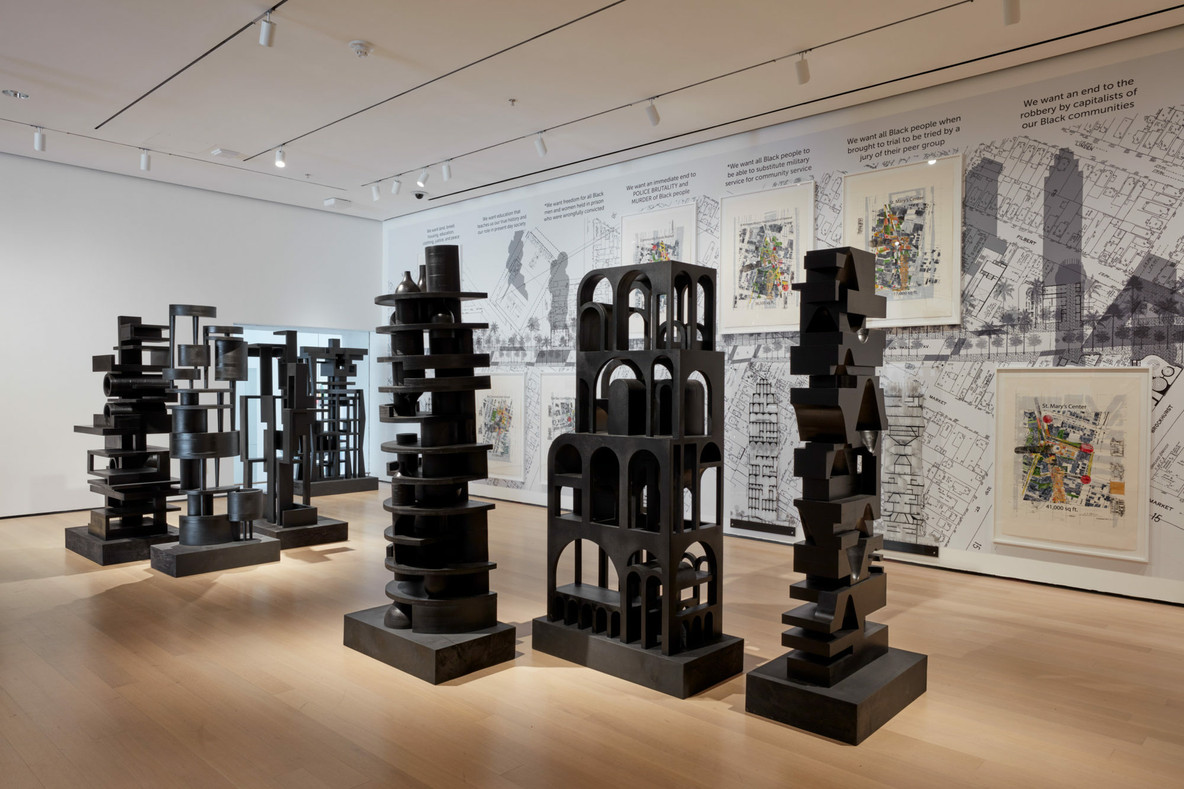
Installation view of Walter J. Hood’s work in Reconstructions: Architecture and Blackness in America
Pushing back against practices that exclude Black communities from shaping their own futures, Hood envisions a series of 10 high-rise towers rooted in the legacy of African American innovation and mutual aid. The design for each tower is based on “innovative everyday machinery” like the folding chair or heating furnace, which were patented by African American inventors. Each high-rise is also the setting for programs inspired by the Black Panther Party’s Ten-Point Program, a political platform that advocated for fair housing, education, and an end to unjust incarceration, among other human rights. “So imagine you're walking down the street,” says Hood, “and all of a sudden you can go to a place that teaches you about self-defense, teaches you about civic lessons, about jurisprudence. Then going to another space that sells clothing or shows you designers that look like yourself.”
Using imagination to create spaces where “Blackness is a viable and vital presence,” Hood asks, “Why settle for the probable when we could instead imagine what is possible?”
A Spectrum of Blackness | Germane Barnes | Ep. 2 | REIMAGINING BLACKNESS & ARCHITECTURE
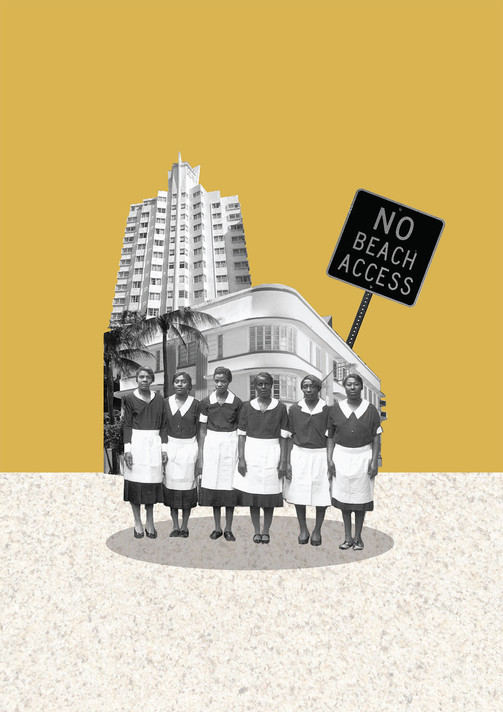
Germane Barnes. No Beach Access. 2020
Investigating the histories and experiences of Black communities in Miami, Florida, Germane Barnes uses architecture as a griot, or storyteller. In his words, “A griot is something that you find in the Black community. Typically, it's the matriarch. She is the keeper of stories.” So what happens when architecture becomes a griot? The result might look like Barnes’s project, A Spectrum of Blackness, which brings together collaged photographs, an expanded installation of a spice rack, and a map that documents the city’s history of restricting the movements of Black people.
The project recounts the stories of Black life in Miami through the lens of the kitchen, the front porch, and water, each detailing the ways Black people have defined their identities and created community. Barnes shows “the ways in which we cook, the ways in which we hang out, the ways in which we care for each other.”
To create A Spectrum of Blackness, Barnes interviewed members of different communities and families across the city, collecting stories. For Barnes, the project is about celebrating the differences and similarities among Black people across the African diaspora, and the stories that make up our lives: “My practice’s sole goal is to use architecture as a griot because there are so many beautiful stories that deserve to be celebrated and championed.”
Reconstructions: Architecture and Blackness in America is on view through May 31. You can now enroll in MoMA’s new online course, Reimagining Blackness and Architecture. Through original films, audio interviews, and short readings, the course will introduce learners to the ways in which Black artists, architects, scholars, and writers have responded to these histories of violence and exclusion to create new ways of being, reimagining the spaces that have refused us.
The exhibition is made possible by Allianz, MoMA’s partner for design and innovation.
Volkswagen of America is proud to be MoMA’s lead partner of education.
MoMA Audio is supported by Bloomberg Philanthropies.
Related articles
-
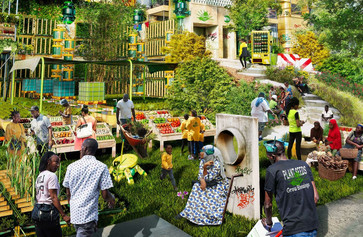
Reconstructions
Reimagining Blackness and Architecture
What is architecture? Ten architects featured in a new MoMA exhibition and online course weigh in.
Arlette Hernandez
Feb 25, 2021
-
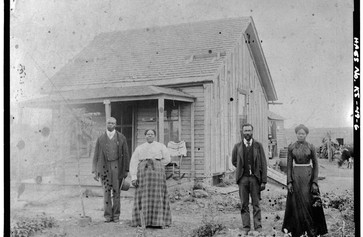
Reconstructions
Manifesting Statement of the Black Reconstruction Collective
Read an excerpt from the catalogue for the MoMA exhibition Reconstructions: Architecture and Blackness in America.
Feb 24, 2021

